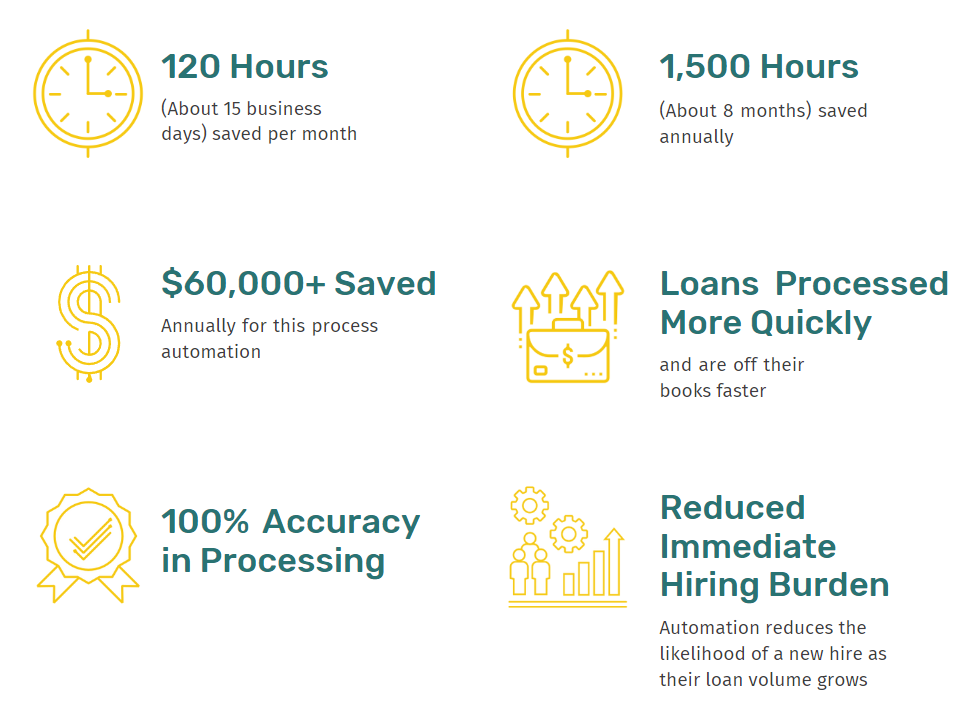In 2024, technology leaders at mid-sized firms are at a critical juncture, facing a rapidly evolving digital landscape that presents both unprecedented challenges and opportunities. The imperative to drive innovation, manage operational efficiencies, and navigate digital transformation is more pressing than ever. Amid intensifying competition and the fast pace of technological evolution, leaders must also counter cybersecurity threats and master the complexities of new technologies.
The role of technology leaders—CIOs, CTOs, and their equivalents—extends beyond merely keeping up. They are the architects of their organizations' future, tasked with advancing digital capabilities while balancing budget constraints and talent management. In this environment, achieving a meaningful technological advantage is crucial.
Embracing digital transformation has thus become a strategic imperative, not just for survival but for thriving in this dynamic context. Robotic Process Automation (RPA) and Intelligent Automation emerge as key enablers, offering the tools to achieve operational excellence, enhance data analysis and reporting, and improve customer experiences. These technologies provide a pathway for leaders to align their strategic vision with tangible, impactful technological solutions, setting the stage for sustainable growth and innovation.
As we dive into the advantages of automation, we'll see how RPA equips technology leaders with the confidence and capabilities to tackle their strategic goals for 2024 head-on.
Transformation Part 1: Enhancing Operational Efficiency
In the pursuit of operational efficiency, RPA emerges as a key player. It's no longer a luxury but a necessity for companies looking to thrive (not just survive) in our digital-first economy. Demands for efficiency are emerging from all directions. Technology roles have expanded dramatically over the years – being tasked with a much broader scope of responsibility than their predecessors due to technology touching every facet of business today.
Automation brings tangible benefits like immediate cost savings, significant error reduction, and productivity gains. These are not just theoretical advantages but real, measurable outcomes that impact the bottom line. These types of results are essential for technology leaders in 2024.
One mortgage company’s journey exemplifies these benefits. As a client of R-Path Automation, we know their story well. By automating their mortgage transaction processes, they achieved a remarkable increase in efficiency. This mortgage company serves as a notable example of how automation reduces the transactional burden on employees – particularly in times of economic uncertainty. While the mortgage industry experiences a slower-than-average year, hiring decisions may be delayed. Automation can speed up processing time and keep operations running smoothly without necessarily having to hire.
In the case of our mortgage lender, they save 1,500 hours, $40,000 annually, and 100% accuracy in mortgage processing. The direct return on investment (ROI) is easily quantifiable for their Chief Information Officer. In addition to time and cost savings, the implementation time for adopting RPA was short relative to that of software systems. Not to mention, a single software system is simply not possible for this scenario. Yet another reason that RPA is a powerful arrow to have in the technology quiver.

Transformation Part II: Data Analysis and Reporting
The role of automation in transforming financial operations is decisive. Tasks such as accounts payable/receivable, payroll processing, and budgeting are ripe for automation. Automation leads to enhanced efficiency, accuracy, and compliance in financial processes. It reduces manual errors and streamlines financial reporting, ensuring a more robust financial operation.
Consider the case of another R-Path client – a commercial HVAC services provider. With a recent investment by private equity, they were flooded with new activity and new vendor demands. Hiring to keep up with the demand was not possible. The existing accounting team could not manage the increase in volume. Their CIO turned to automation as a solution.
Within just four months, their automation scripts, or bots, were able to handle 70% of the vendor invoice volume. With more than 16,000 invoices processed, they estimate savings of 800 hours during those 4 months. The need to hire more financial staff to absorb the increase in volume was also greatly reduced – making it financially viable to scale quickly. In addition, a roadmap of future projects has been highlighted to make meaningful improvements in other parts of the business.

Transformation Part III: Improving Experience
Automation also plays a pivotal role in enhancing customer experience for many organizations. Many business leaders are familiar with the use of automation in customer service calls or IT queues, but healthcare administration is also a great candidate for automation. Healthcare organizations face many processing challenges from insurance, managing payments, and referral processing. Another R-Path client, a non-profit healthcare clinic faces a mountain of administrative work that can ultimately take away patient care time. RPA offers to improve patient experience by providing quicker response times and faster access to treatment.
Automation implementation sped up the processing and closing of patient referral requests. In healthcare, the faster referrals can be processed, the faster patients can seek out the treatment they need. In just a few months, they estimate $20,000 of savings for this project and countless hours of administrative time that can be devoted to direct patient care activities. It also represents a significant boost to data quality for the clinic.
For this healthcare provider, it means a true difference in the lives of their patients. For other businesses, the benefits of automation can translate into faster response times and happier customers.

Conclusion: The Strategic Role of Automation
The transformative power of Robotic Process Automation (RPA) in the modern business landscape cannot be understated. Through the narratives of diverse organizations, we've seen RPA's pivotal role in operational efficiency, financial operations, and customer experience enhancement. These case studies not only illustrate automation's versatility but also underscore its strategic value to technology leaders.
For mid-size firms, the strategic goals for 2024 might encompass a wide range of objectives, from expanding market share and improving customer service to achieving cost leadership and fostering innovation. RPA stands out as a multifaceted tool that can directly contribute to these aims:
- Market Expansion: By streamlining operations and reducing costs, RPA enables companies to reallocate resources toward market analysis, product development, and strategic marketing efforts, thus supporting expansion into new markets or customer segments.
- Customer Service Improvement: Automating customer service processes ensures faster response times, accuracy, and personalized service, enhancing customer satisfaction and loyalty, which is crucial for competitive differentiation.
- Cost Leadership: RPA's ability to perform tasks more efficiently and accurately than human workers leads to significant cost savings. These savings can be reinvested in strategic areas or used to offer more competitive pricing.
- Innovation and Agility: Freed from the burden of repetitive tasks, employees can focus on innovation and strategic initiatives. Furthermore, RPA's scalability and adaptability make it easier for companies to respond to market changes and seize new opportunities.
By aligning their technology strategy with RPA, mid-size firms not only optimize their current operations but also lay the groundwork for achieving their broader strategic goals. The role of the technology leader, therefore, extends beyond the implementation of automation; it involves envisioning a future where RPA is a cornerstone of strategic advantage, driving the organization toward its 2024 goals.
R-Path Automation recognizes the unique challenges and opportunities faced by mid-size firms. Our fractional automation Center of Excellence (CoE) allows clients to tailor RPA solutions to their organization's specific needs, ensuring that automation initiatives are not just about operational efficiency but also aligned with their strategic vision.
Partnering with R-Path allows you to navigate the complexities of today's business landscape with confidence, leveraging RPA to transform challenges into opportunities for growth and innovation. We invite technology leaders of mid-size firms to explore how RPA can complement their strategic goals for 2024.
